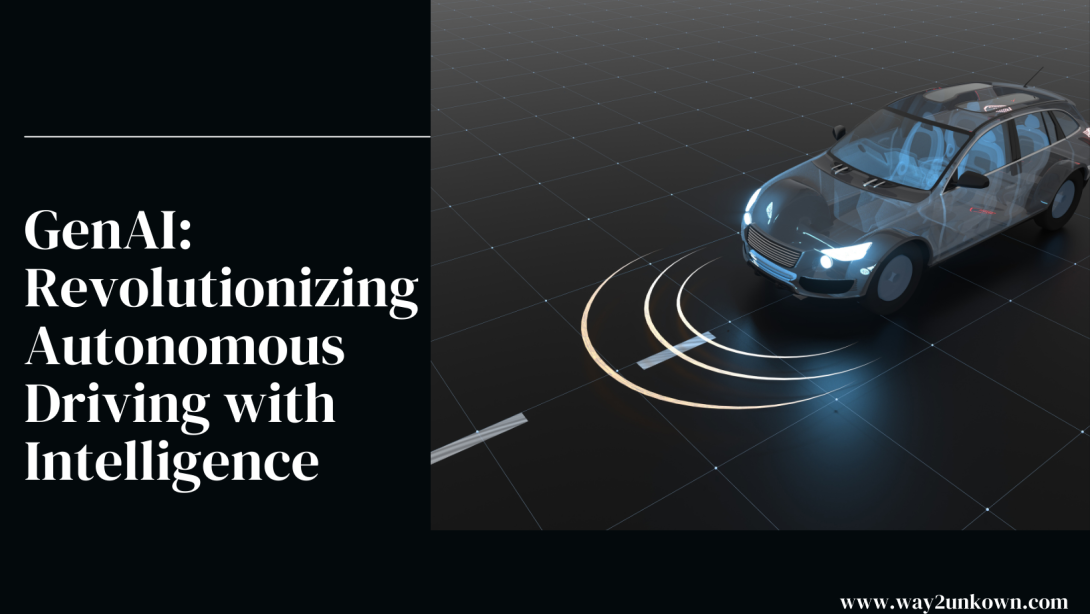GenAI: The Intelligent Driver of Autonomous Vehicles

Introduction:
The integration of artificial intelligence, particularly GenAI, has revolutionized the landscape of autonomous vehicles. GenAI plays a crucial role in the processing and decision-making capabilities of self-driving cars, enhancing their efficiency, safety, and adaptability on the roads. This article delves into the various ways in which GenAI is instrumental in the operation of autonomous vehicles.
1. Sensory Perception: GenAI enables autonomous vehicles to perceive and interpret their surroundings through an array of sensors, cameras, and LiDAR systems. By processing real-time data from these sensors, GenAI can identify obstacles, pedestrians, traffic signals, and road signs, allowing the vehicle to make informed decisions while navigating the environment.
2. Decision-Making Algorithms: GenAI employs sophisticated decision-making algorithms that analyze sensory inputs, predict potential scenarios, and determine the appropriate actions for the autonomous vehicle to take. These algorithms factor in variables such as speed limits, traffic conditions, pedestrian movements, and road regulations to ensure safe and efficient driving.
3. Adaptive Learning: One of the key strengths of GenAI is its ability to adapt and learn from new experiences. Through continuous exposure to diverse driving situations, GenAI can refine its decision-making processes, anticipate challenges, and optimize driving strategies to enhance the overall performance of autonomous vehicles.
4. Safety Protocols: GenAI is instrumental in implementing robust safety protocols within autonomous vehicles. By prioritizing safety measures such as collision avoidance systems, emergency braking mechanisms, and predictive analytics, GenAI mitigates risks and enhances the overall safety of both passengers and pedestrians on the road.
5. Integration with Vehicle Systems: GenAI seamlessly integrates with the onboard systems of autonomous vehicles, including steering, acceleration, braking, and navigation controls. By synchronizing with these systems, GenAI ensures precise and coordinated responses to external stimuli, enabling smooth and efficient driving experiences.
Conclusion:
In conclusion, the utilization of GenAI in autonomous vehicles marks a significant advancement in the realm of transportation technology. With its capabilities in sensory perception, decision-making algorithms, adaptive learning, safety protocols, and integration with vehicle systems, GenAI plays a pivotal role in shaping the future of autonomous driving. By fostering innovation and efficiency, GenAI propels autonomous vehicles towards a safer and more autonomous future.